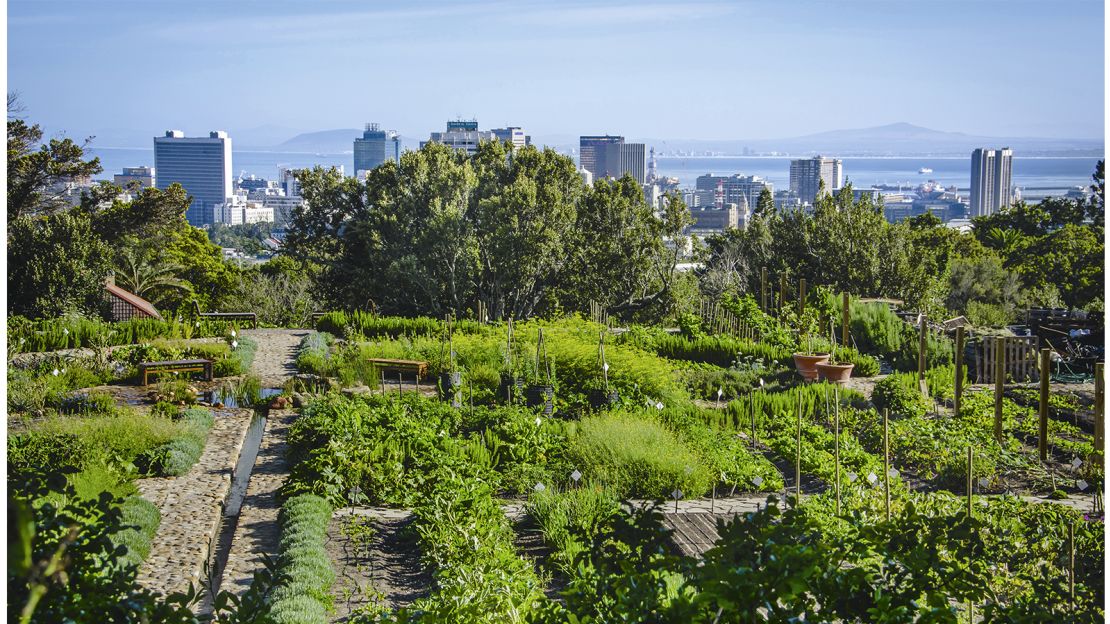City Blooming - Questions
Table of ContentsThe City Blooming Diaries5 Easy Facts About City Blooming DescribedFacts About City Blooming UncoveredSome Known Incorrect Statements About City Blooming Some Known Details About City Blooming
Interested in expanding food available for sale in the City of Chicago? Believing concerning beginning a community yard? Modifications to the Chicago Zoning Ordinance enable agricultural uses like community yards and city farms in several parts of the city. Below is a list of regularly asked concerns regarding the policies and regulations that cultivators should consider when intending an urban farming project.
The zoning change does not change any other codes handling composting, structure authorizations, purchasing or leasing City owned building, company licenses or ecological contamination. There are existing codes that regulate these problems and they remain in full result and may apply to your job. Neighborhood yards are normally possessed or managed by public entities, civic companies or community-based organizations and preserved by volunteers.
Urban ranches expand food that is intended to be offered, either on a not-for-profit or for-profit basis. As a result of their commercial purpose, metropolitan ranches call for a company permit. Yes. An area yard is allowed to offer surplus produce that was expanded on website if the sales are accessory or secondary to the yard's primary objective defined over.
The Only Guide to City Blooming
Composting is allowed yet only for plant material that is created and utilized on site. The quantity of compost product can not surpass 25 cubic lawns at any offered time according to the criteria in 7-28-715 of the City's Municipal Code. Yes. Due to the fact that the dirt at a lot of brand-new garden sites needs modifying, garden compost, soil, wood chips, or various other products can be obtained to construct or improve the growing room - balcony and patio garden design.

If a structure license is needed then the hoophouse will certainly be taken into consideration an accessory building. You can learn more about the structure license needs by speaking to the Division of Buildings. The 25,000-square-foot size limit is intended to avoid a single area yard from dominating an offered block or diminishing the block's existing domestic or business personality.
The limit does not put on gardens situated in Public Open Space (POS) areas. Can there be even more than one neighborhood yard that is 25,000 square feet on a single block? Yes. The size restriction relates to individual yards, not to specific blocks. No. Fencing is not called for, however, gardens that have huge parking lot might be required to set up fence or other landscape design functions.
Little Known Questions About City Blooming.
B1 & B2 areas call for that all industrial use tasks be performed inside your home. Is fence required for urban ranches? Fences may be called for, along with landscaping and testing, for specific vehicle parking locations and outside work or storage locations depending on area and the certain task taking place.
Yes. Urban ranches need building licenses and zoning authorizations before building and construction. Various other forms of city review may be required relying on details frameworks, activities, size, landscape design, licensing, public health and stormwater monitoring problems. Many of these requirements are identified in the task layout or permitting process, nonetheless, the applicant may be liable to separately identify specific licenses or allows that may be called for.
Yes. The kind of certificate is established by what is occurring at the website. The Department of Service Matters and Consumer Defense can assist figure out the certain kind of organization license that's called for. Yes. Off road car park is required for the majority of commercial projects in Chicago. The needed variety of garage is based on the number of staff members working with site and not the square video of the expanding room.
City Blooming Fundamentals Explained

Yes. A metropolitan ranch can sell garden compost product produced on website, nonetheless, the operation has to abide by the regulations in 7-28-715 of the Chicago Municipal Code. Yes. Aquaponic systems are allowed inside on city farms in many zoning areas. Nonetheless, a zoning review and building license is called for in order to install frameworks or systems and a business license is required as explained over.
Approximately 5 hives or swarms of honey may be kept as an accessory use. Beekeepers should register with the Illinois Department of Farming. For more info concerning the proposed zoning modification you may get in touch with the Division of Real Estate and Economic Development, Bureau of Preparation and Zoning at 312.744.8563.
Farming in cities and metropolitan locations An urban ranch in Chicago. Urban farming refers to different practices of growing. https://www.blogtalkradio.com/cityblooming, handling, and dispersing food in city locations. The term likewise relates to the area tasks of pet husbandry, tank farming, beekeeping, and gardening in a city context. Urban agriculture is differentiated from peri-urban agriculture, which happens in backwoods beside suburbs.
The Buzz on City Blooming
, that look for to develop social networks established on a shared ethos of nature and neighborhood holism. These networks can establish by method of official institutional support, ending up being integrated right into regional town preparation as a "change town" movement for sustainable metropolitan advancement.
The a lot more straight access to fresh vegetable, fruit, and meat products that might be understood through city farming can improve food protection and food safety and security while lowering food miles, leading to lower greenhouse gas emissions, consequently adding to environment change mitigation. A few of the very first proof of city farming originates from Mesopotamia.